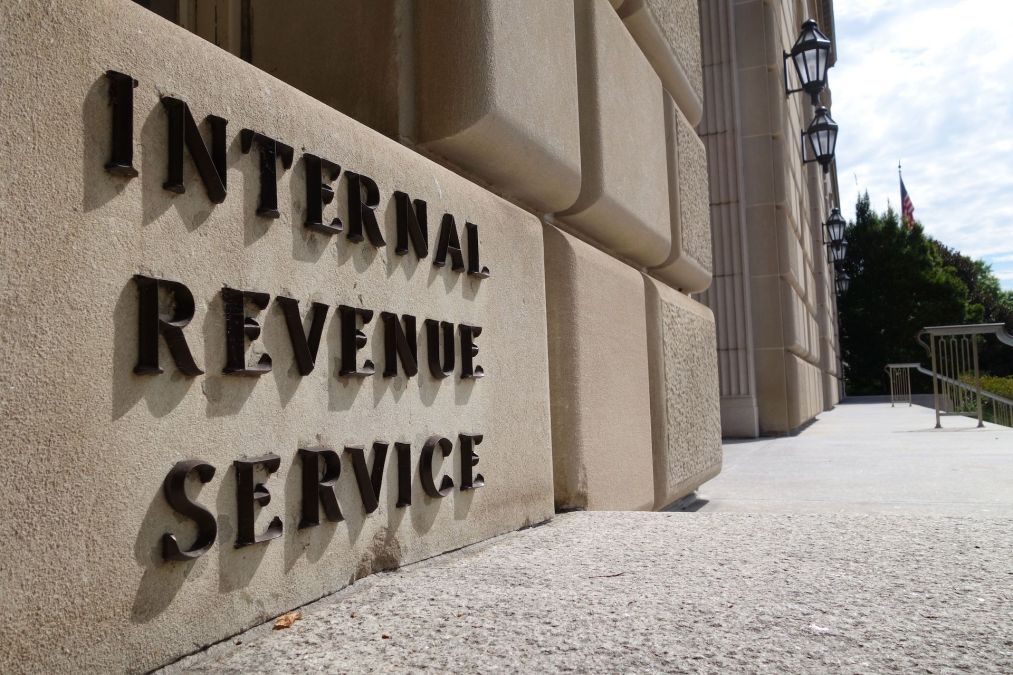IRS’s AI voicebots and chatbots have room to grow, advisory panel says

The Internal Revenue Service’s experimentation with voicebot and chatbot functionality should continue, but several tweaks to the technology are needed for better customer service, an advisory panel to the tax agency said Wednesday.
In its 379-page annual report, the Internal Revenue Service Advisory Council devoted a small section to results from its testing of artificial intelligence-powered voicebots and chatbots in use by the agency’s taxpayer services division.
The IRS currently employs a speech recognition bot that takes customer calls on the agency’s primary phone line and either answers user questions or points callers to the proper resource. The agency has also deployed a chatbot on various pages of its website, giving taxpayers the ability to ask questions and access information about return and refund status.
The bots, which mostly provide unauthenticated services that don’t require user identity proofing or verification, “were not designed to provide the taxpayer a direct answer, but instead referred the taxpayer to general information that may not be useful to the taxpayer’s specific question,” the report noted.
IRSAC members also raised concerns about the IRS’s use of multiple vendors for bot technology, a choice that “creates parallel bot channels, multiple entry points, may create taxpayer confusion, and may prevent the bots from optimal learning of taxpayers’ common questions and satisfactory responses,” according to the report.
The multiple-vendor approach could hinder the IRS’s ability to expand its use of machine learning and AI algorithms, technologies that will better meet taxpayer demand, IRSAC said. One of the panel’s eight recommendations was for the IRS to utilize large language models within the chatbot specifically.
Other recommendations include the creation of a single entry point on all relevant web pages for the chatbot, with instructions for use included; the option for users to be directed to a live agent or receive a call back after a series of “unclear requests”; clarity on estimated wait times and assurance that chatbots are equipped for “peak volume periods”; and additional investments into the chatbot’s AI capabilities “so that taxpayers’ questions are answered directly instead of directing the taxpayers to read instructions and information related to their questions from IRS webpages.”
IRSAC also issued a handful of user interface recommendations, calling on the agency to follow industry user experience guidance and institute standardized font color, font size and window responsiveness specs; provide users with better on-screen guidance for interacting with the chatbot; and conduct chatbot testing with specific demographics — such as non-English-speaking customers and those with disabilities — in mind.






